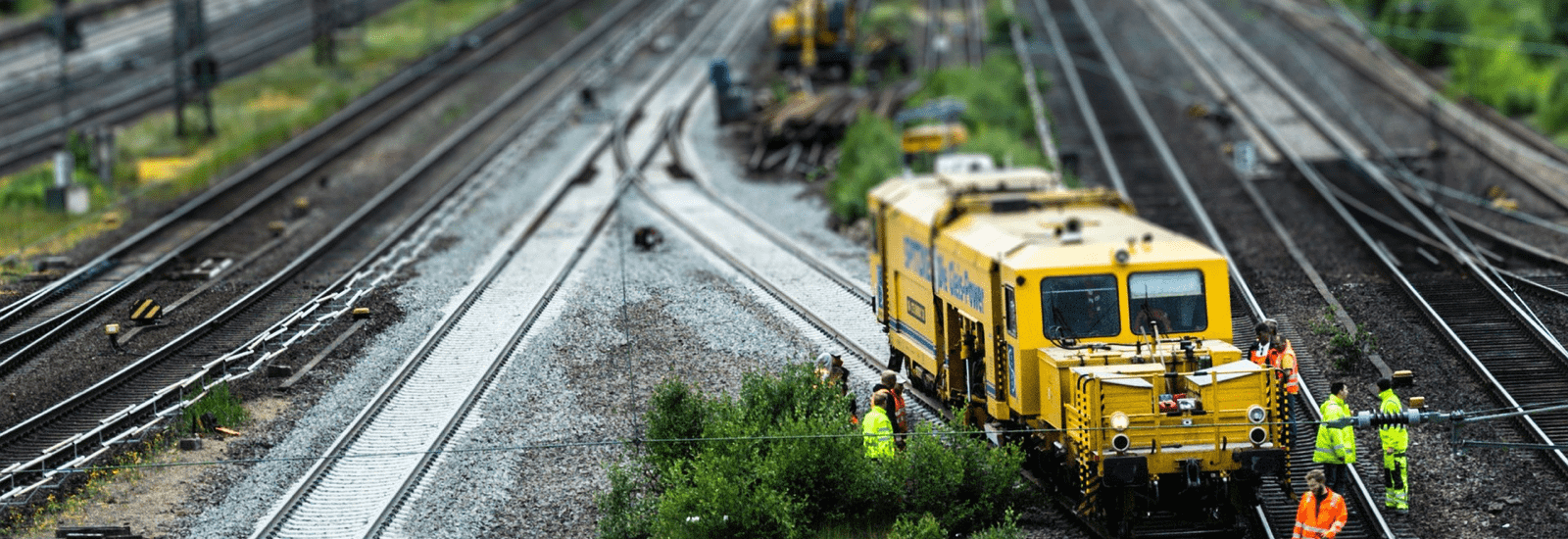PTC 2.0: Rail Safety for Maintenance-of-Way (MOW) Workers and Vehicles
By now, almost everyone in the rail industry is familiar with the four objectives that Positive Train Control (PTC) was designed to address. In particular, new standards and technologies were developed to prevent train-to-train collisions and unauthorized entry by trains into protected work zones. Time has proven that these solutions have been highly effective to improve rail safety. As a company, however, we asked ourselves a simple question – for PTC 2.0, how can we extend similar protections to other vehicles operating on or near the tracks which aren’t trains?
Despite rules and operational procedures that are in place to protect workers operating maintenance-of-way (MOW) vehicles, the potential for costly – and sometimes deadly – accidents still occur. When talking with customers about these types of accidents, we learned that their concerns were not based on any of the current processes being ineffective; it was about the vulnerabilities imposed when the potential for human error is introduced. That is what we are trying to eliminate with the next generation collision avoidance technologies.
For example, one rail operator experienced an incident with a MOW vehicle working on a track adjacent to the main track. Although the foreman had properly received authority to progress with trackwork on that track, the work equipment utilized on that adjacent track was still capable of fouling the main track. An incident occurred when the operator failed to notice that the work equipment was fouling the main track envelope as the other work vehicle was approaching. An advanced AI-based object detection system would bring value to this scenario and prevent the costly collision from happening.
Another railroader told us that he has been looking for a way to alert both the driver and the dispatcher automatically when the hi-rail vehicle leaves the authorized work zone. While some drivers inadvertently mistake where the actual limits of the authority are, some drivers in remote areas may fall asleep during long, low-speed drives. A sensor-based warning system for limit compliance is important in this scenario to prevent an accident for both the hi-rail vehicle and trains in the area.
Another rail operator experienced an incident where the wrong track was mistakenly requested to take out of service for maintenance. In this situation, workers were fouling an in-service track under the impression that they were under the protection of an authorized work zone. The dispatch system had no way of knowing of the hazard as the MOW vehicles was not “seen” by the system. The interchange that was used to request and grant work zone authorization was based on which track the foreman believed he was on. A highly reliable and precise track position determination system is urgently needed to improve this process and ensure rail safety.
Demonstration of LILEE SafeRail
On Wednesday, September 22nd, we will be hosting a private dinner at RSSI in Indianapolis, IN where we will feature a demonstration of LILEE SafeRail, a complete collision avoidance system with object detection, limits compliance, and precision positioning capabilities. Along with some great foods and drinks, there will be some interesting conversations as well. We would really like to see you there, but space is limited. Be sure to register soon to reserve your spot. The dinner is free to attend and please RSVP here.
We introduced LILEE SafeRail to bring another layer of rail safety for MOW vehicles and their operators, addressing the key issues directly voiced from our clients. Please watch our LILEE SafeRail video and connect with our experts at info@lileesystems.com to learn more information about what we are doing in the field of rail safety.
